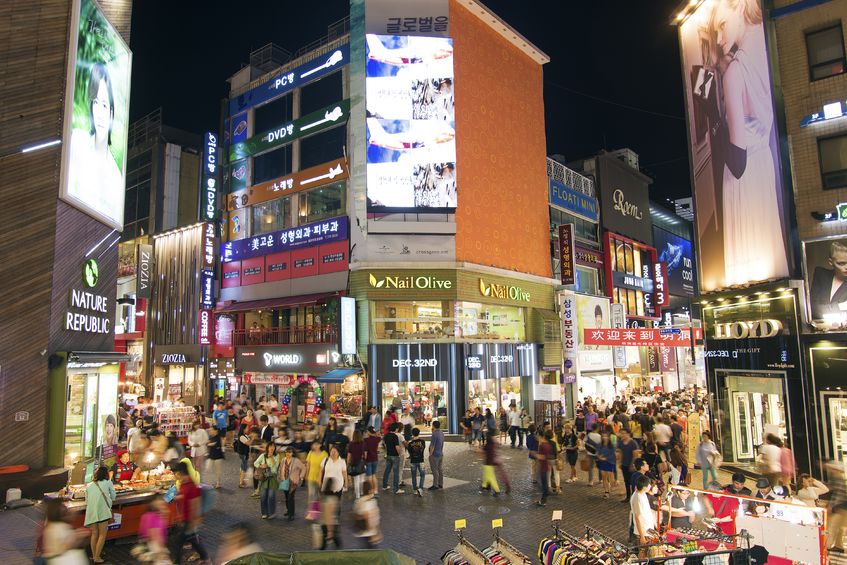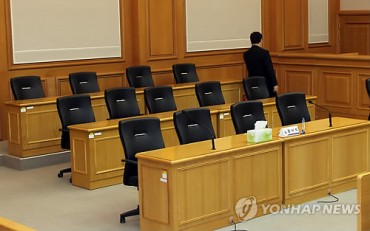
According to the report, while Myeongdong did see sales increase at its cosmetics stores, clothing retailers suffered a steady decline in sales due to factors such as increased online sales and the growth of SPA, or fast fashion, brands. (image: KobizMedia/ Korea Bizwire)
SEOUL, Oct. 31 (Korea Bizwire) – A recent study from the Seoul Institute indicated that although the city’s consumer sentiment improved slightly in the third quarter, the market’s expectations for economic recovery were further downgraded.
In its report 2016 Q3 Seoul Public Economy Consumer Sentiment Diagnosis (issued October 30), the city’s consumer sentiment index (CSI) did see a quarterly increase of 2.4 points to 96.5 in Q3, the first increase since Q4 2015 (98.3).
The CSI has a maximum score of 200, with higher figures indicating a higher number of people with a positive attitude towards the economy.
According to the institute, despite summer and the Chuseok holiday giving the index a boost, overall economic sentiment is still cautious, given that the score falls short of the index’s median value of 100.
The future livelihood conditions index was 97.4 for Q3, a quarterly decline of 0.4 points, and the third consecutive quarter to see a drop. The index, which indicates economic expectations for the future, surpassed the 100-point mark in Q4 2015 with hopeful economic prospects, but has since fallen with growing uncertainties over the Korean economy.
Also declining was the future consumer expenditure index, which decreased by 1.1 points to 89.8. Education (99.7) and food (96.2) expenses were the only categories that saw increases, by 0.2 and 0.6 points respectively, whereas all other groups, including culture and entertainment, housing, and clothing, saw quarterly declines.
Meanwhile, the report also showed the shifting trends in the capital’s shopping districts. Myeongdong – among the most popular shopping districts for tourists – struggled with declining sales, while markets in Dongdaemun were on the rise.
Vendors in Myeongdong saw their sales revenue decline by up to 30 percent in September compared to September 2015, whereas their Dongdaemun counterparts saw a 110 to 120 percent increase.
According to the report, while Myeongdong did see sales increase at its cosmetics stores, clothing retailers suffered a steady decline in sales due to factors such as increased online sales and the growth of SPA, or fast fashion, brands.
In contrast, Dongdaemun attracted more shoppers with the opening of Dongdaemun Design Plaza, new shopping malls, an increase in the number of Southeast Asian tourists visiting the area, and events like the Korea Grand Sale.
“Political circumstances like the deployment of THAAD could lead to a decrease in the number of Chinese tourists, and ultimately to plummeting sales,” said an institute official. “Especially with the poor domestic consumption at hand, both the city and merchants need to make greater efforts to attract local shoppers and promote consumption.”
By Kevin Lee (kevinlee@koreabizwire.com)






